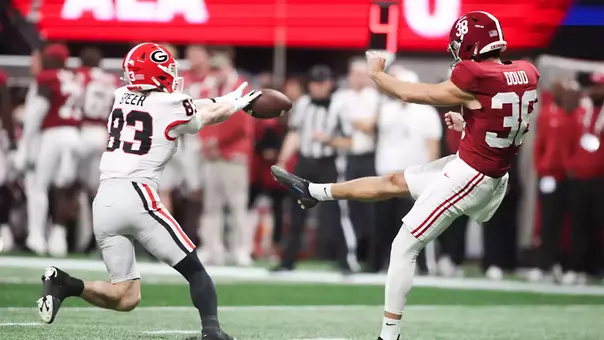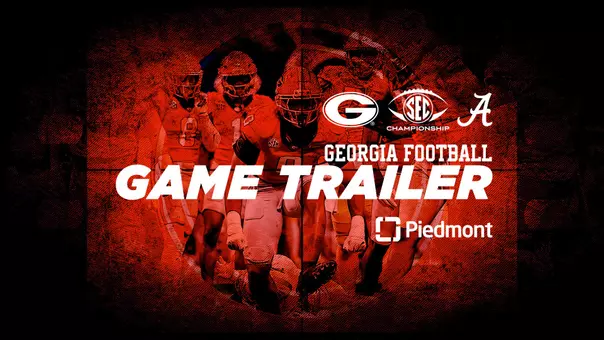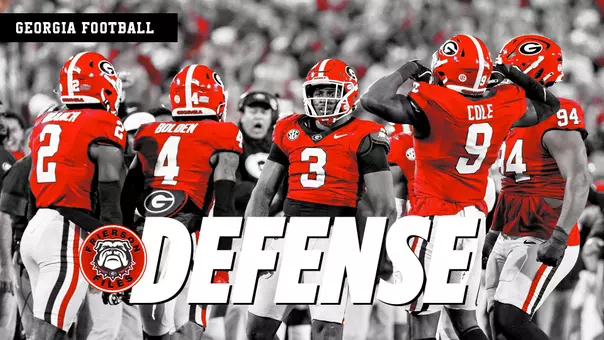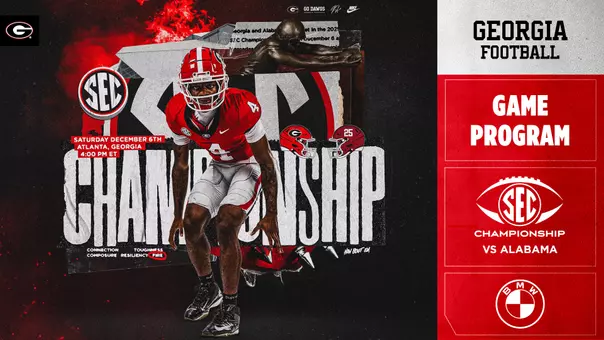University of Georgia Athletics
A Shutout That Started It All
January 30, 2017 | Football
By John Frierson
UGAAA Staff Writer
The University of Georgia celebrated a birthday last Friday, 232 years since it first opened its doors to students. Today is another big birthday.
It was 125 years ago today, Jan. 30, 1892, that Georgia played its first football game. Given what college football has become at UGA and throughout the South, it's a very special day. And what a grand introduction it was to a new (to the Southeast, at least) and odd game.
Georgia beat Mercer, 50-0, in what is described as the Deep South's very first intercollegiate football game.
One description of the game said, "It wasn't much of a contest, with the home team's biggest challenge being removing rocks and smoothing out the surface of the mostly grassless gridiron."
Chemistry professor Dr. Charles Herty was no football coach, in that he had minimal experience with it. Herty had seen the new game, which still exhibited plenty of ties to its roots in rugby, while in graduate school at Johns Hopkins in Baltimore. It was Herty that brought football to Georgia, though his greatest contribution in life may have been developing a process by which paper is made from wood pulp.
It's hard to imagine now a teenage boy in Georgia (or most anywhere in the U.S.) not knowing about football. But back in 1891 there was virtually no reason for anyone to know of it. It had been played for a while in the Northeast, but the ins and outs of the game were likely as mysterious as the details of cricket are to a lot of Americans today.
George Shackelford was one of the 11 members of that first football team.
"We were just a robust bunch of country boys, who knew nothing whatever of football or how it should be played," he said in John F. Stegeman's book, "The Ghosts of Herty Field."
The 24-year-old Herty showed up at the field on campus that now bears his name with little more than a rule book. From the 1893 edition of Pandora, UGA's yearbook: "With absolutely no assistance but a book of rules, and their own unyielding energy, they went to work and learned the game thoroughly and well."
The field was turned into a "gridiron," Stegeman wrote, because the Glee Club opted not to have a beer party and instead donated $50 to help with the removed of all the rocks on the field and fill in the worst of the holes. Some makeshift goal posts were erected, 110 yards apart, per Herty's rule book.
Tryouts for the team, according to Shackleford in multiple books, seemed to consist of little more than Herty tossing a ball in the air and challenging the guys trying out to go get it.
"He selected the strongest looking specimens for the team. Luckily I was the now who recovered the ball and thus I was assigned a position," he said in Stegeman's book.
"Foot-ball" as it was called then, was largely just the version of rugby played on this side of the Atlantic Ocean. A touchdown then was worth four points and the point-after kick worth two.
Georgia produced plenty of both in that inaugural game. Georgia scored on its first play from scrimmage, a long run by Herty's cousin, halfback Frank "Si" Herty.
The game's most infamous play came a little later. Shackelford picked up a Mercer ball-carrier and carried him on his shoulder for 20 yards into Mercer's end zone for a safety. The rout was on.
The Athens Banner newspaper reported that more than 1,000 spectators, including quite a few Mercer supporters from Macon, attended the game. According to Stegeman's book, a lot of the crowd came and went as the game progressed, to the Broad Street Dispensary "to make liquid purchases before the shop closed, by state law, at sundown."
Officially the final score was 50-0, but Georgia right tackle A.O. Halsey said in Stegeman's book that, "The official scorer had made two trips across to the dispensary during the game and missed out on ten points."
Either way, the game was a hit.
"I maintain that's not only Georgia's first game, but also Georgia's first tailgate party," said esteemed Georgia sports historian Loran Smith, who has written about the program's humble beginnings, including in his book "University of Georgia Football Vault."
In Stegeman's book he lists the 11 players on the team. The biggest is the "center rush," E.W. Frey of Marietta, who was 6-foot-1 and 202 pounds. No other player weighed more than 175, with the smallest being Frank Herty, who was listed at 5-7, 125 pounds.
The Mercer game doesn't have quite the lore as what happened a few weeks later, when Georgia and Auburn met for the first time in what would become a long and spectacular rivalry. That game was played in Atlanta's Piedmont Park, with Auburn winning 10-0.
Again from the 1893 Pandora: "The rain lost the game for the University. Auburn played a pushing game, while Athens' forte lay in running, and the ground was too wet for much of that.
"The score in the game was 10 to 0 in favor of Auburn.
"But after all, they refused outright to play us baseball, fearing the team here, about which so much has been written and said.
"We took our defeat with good grace, and we can but think it cowardice which prevents Auburn meeting our team on the diamond."
Those are rivalry words, indeed, but before Georgia met Auburn, it met Mercer — 125 years ago today. And it's fair to say that Athens and UGA haven't been the same since.
John Frierson is the staff writer for the UGA Athletic Association and curator of the ITA Men's Tennis Hall of Fame. You can find his work at: Frierson Files. He's also on Twitter: @FriersonFiles and @ITAHallofFame.




